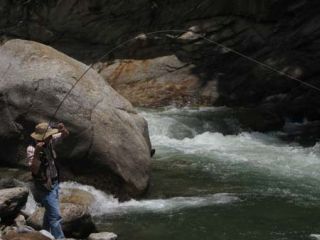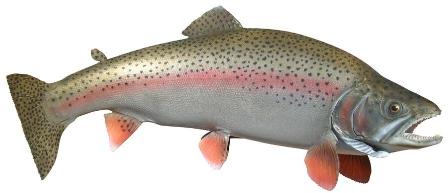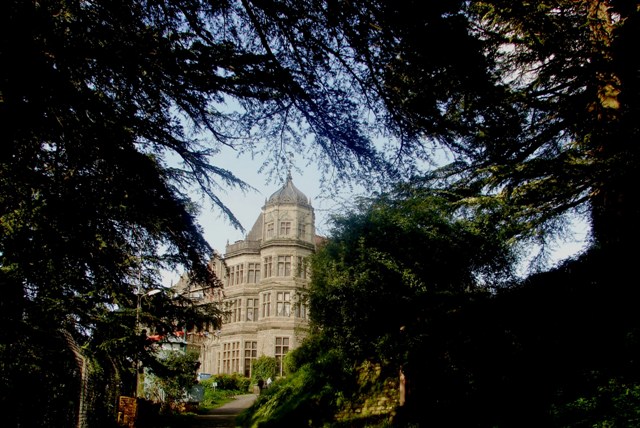Shimla: The Himachal Pradesh Fisheries Department will import eight lakh genetically modified species of brown and rainbow trout, the cold-water species introduced by British India in Himachal Pradesh during colonial times, state Fisheries Minister Virender Kanwar said on Sunday (20.2.2022).
The government imported 15 lakh rainbow trout and three lakh brown trout from Denmark from 2018 to 2021 to boost the fish production and to meet its growing demand.
The imported eyed trout ova is being reared at Hamni and Batahar farms in Kullu district; Barot in Mandi district; Thalla in Chamba district; Dhamwari in Shimla district; and Sangla in Kinnaur district up to fingerling stage. Later they are distributed among growers for farming.
Some stock is kept in departmental trout farms to prepare brooders for breeding purpose, said the Minister.

With the import, the fisheries department has been successful in raising table size trout fish in cages in Koldam reservoir in Bilaspur district in eight months which under conventional system of trout raceways take approximately a year.
The department has also been rearing trout fish in cages in Govind Sagar dam. In this reservoir, around eight tonnes trout fish, valuing Rs 72 lakh, was raised in year 2021-22.
The state has 32 trout hatcheries set up with initial outlay of Rs 8.75 crore under centrally sponsored schemes.
In fiscal, five more trout hatcheries would be set up in Sirmaur, Chamba, Kinnaur, Shimla and Mandi districts with an investment of Rs 2.50 crore to augment trout ova and egg production.
The state has huge resources of freshwater favourable for the rainbow trout farming.
The minister said the imported trout ova will help the state meeting a target of 1,200 tons in the next five years, a rise from the current production of 700 tons, Kanwar added.
Trout — both brown and rainbow — are found in the Beas, Sutlej and Ravi rivers in high-altitude lakes and streams. The brown trout is also an angler’s delight as a game fish.
The Fishery Department annually stocks 80,000 to 1,00,000 brown trout fingerlings in nature across the state.
The trout, introduced to the region by the Britons in 1909 to encourage sports fisheries, is one of the healthiest in the world because of oxygen-rich and glacial-fed streams.

Later, the transfer of technology for trout farming under the bilateral India-Norwegian Trout Farming Project has paved the way for its commercial agriculture, mainly in the private sector — a significant economic activity.
Smoked, baked, grilled or fried, the trout never disappoints the palate. Trout farming has emerged as a major economic booster in the state. More than 1,200 trout units have been constructed involving 600 farmers.
Of the 3,000-km fisheries’ water resources, 600 km of cold water streams are conducive to trout farming. Besides the trout, the major fish species available in the state are mahseer, barilus and glyptothorax. Two new species — common Hungarian carp and Amoor common carp — have been imported.
The successful production of common Hungarian carp has been achieved at Ghaghas in Bilaspur district. A trout fish farm generates 213 days of employment in a year and provides 41 per cent of the average household income, say studies.
The trout is a freshwater fish of the Salmonidae family. Of the 15 species found globally, brown and rainbow trout are located in Himachal Pradesh, Jammu and Kashmir, Uttarakhand, Tamil Nadu and Kerala. The British introduced the trout to promote angling. At that time, fingerlings were released in various streams and multiplied.
Courtesy IANS
A seasoned journalist with over two decades of experience, Vishal writes on a wide range of subjects which include biodiversity, climate change and links between environment & development. He also covers politics and other developments in Punjab and Himachal Pradesh. He lives in Chandigarh & Shimla.


